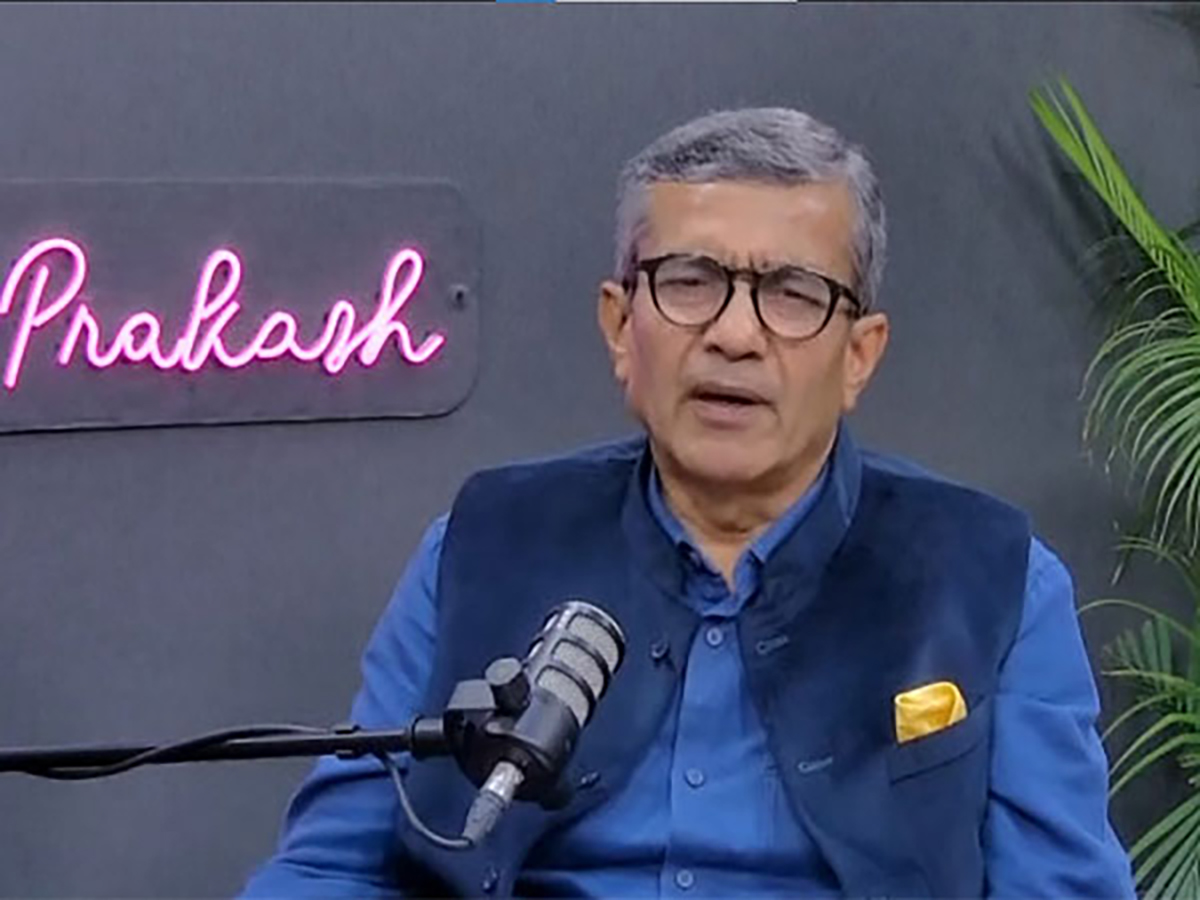
New Delhi: Defence Secretary Rajesh Kumar Singh has said that the strategy behind continuing Operation Sindoor is to maintain “escalation dominance” and make terrorists realise that the magnitude and timing of future responses will be entirely in India’s control.
Singh, in an exclusive interview, said that India will decide the time and place of the future responses and not let it be up to the terrorists to decide.
He also said said that India achieved almost 100 per cent objectives in Operation Sindoor and the sequence shows clearly that Pakistan capitulated.
“I think the intent is to keep everybody on their toes, but in terms of deployment, of course, we have sort of withdrawn a bit. And I don’t think there is any immediate sort of posturing that is going on, which is meant to be very aggressive. But I think the intent is to be aggressive. The idea is that India will maintain what they call, in strategic terms, escalation dominance. We will decide the time and place. We are not leaving it to the terrorists to decide time and place. We will sort of change the script and make sure that they are never sure what we will do,” Singh said.
“The surprise is always on the side of the terrorist, but by establishing this escalation dominance on our side, we are ensuring that they should realise that there will be a response, its magnitude and its timing and everything else – time, place, everything – would be in our hands. So that new normal is to be normalised and sort of internalised by them and thereafter, if they still want to, come up with provocations; the assumption is or the hope is that they will think a few times,” he added.
Singh pointed out that Operation Sindoor, which was launched on May 7 following a terror attack in Jammu and Kashmir’s Pahalgam, which claimed 26 lives, involved meticulous amounts of intelligence gathering and coordination among the different services and the intelligence agencies.
“Obviously any such operation involves a meticulous amount of intelligence gathering, coordination among the different services and the intelligence agencies and thereafter, you try to come up with precise targeting after identifying targets. Now, the operational details I will not be able to share because that is not even my domain. That is really for the services and the CDS to look at. But I can tell you that this particular operation was characterised by tremendous tri-service synergy, as well as synergy with the intelligence agencies,” he said.
“And that is why, if you were, I’m sure you were watching the first night strikes on the nine identified targets went off so well. We achieved, I would say, almost 100% of what we set out to do. So yes, it was the result of a lot of coordination and planning, and that was what took us about 15 days. But the intent always was that this particular barbaric atrocity would be answered and answered in such a way that we will not, as the Prime Minister has mentioned, we will not be confining ourselves to the foot soldiers or to some remote camps. We will be going after the headquarters, going after the leaders,” he added.
India had said that perpetrators of the Pahalgam terror attack will face severe punishment.
India launched Operation Sindoor early on May 7 to hit at terrorist infrastructure in Pakistan and PoJK. Indian Armed Forces also effectively repelled subsequent Pakistani aggression and pounded its airbases.
Following India’s strong response, Pakistani DGMO approached his Indian counterpart for cessation of hostilities.
“They did respond to our limited calibrated strikes only on their terrorist quarters and infrastructure by trying to hit our military establishment. In a sense, they took ownership of the terrorists as being one of their assets. And they responded by trying to hit our military assets. Most of their attacks failed, but there were a few which got through with minimal damage and minimal casualties. But once they did that, we had no option but to respond in kind. And our response was sufficiently severe to make them sort of quickly come forward,” the Defence Secretary said.
“On the first night after the strike, they refused even to talk to our DGMO, to have a discussion at all. They only said to just wait for our response. It was a very terse kind of a rebuttal. On the day after strikes on their airfields, they were the ones who came forward asking for time, asking whether we would be willing to meet them and talk to them. And thereafter, of course, asking for a cessation of the hostilities. So that sequence should be very clear that they were the ones who capitulated,” he noted.
“But yes, transcripts of some kind as well as a record of discussions are available. I think you can take it from me and you can rest assured that the sequence I mentioned is correct. They are the ones who came forward, who asked for time and thereafter essentially asked for a ceasefire,” Singh added.
He also hinted about significant losses of Pakistan during Operation Sindoor: “The fact that we were able to hit their most important air bases, including the one at Noor Khan, itself should make it very clear that these were fairly significant losses that they suffered. Many of those airfields are still out of commission. There are other assets that have been damaged as well as significant casualties as well. So I don’t think anybody who has any expertise in this area has any doubt.”
